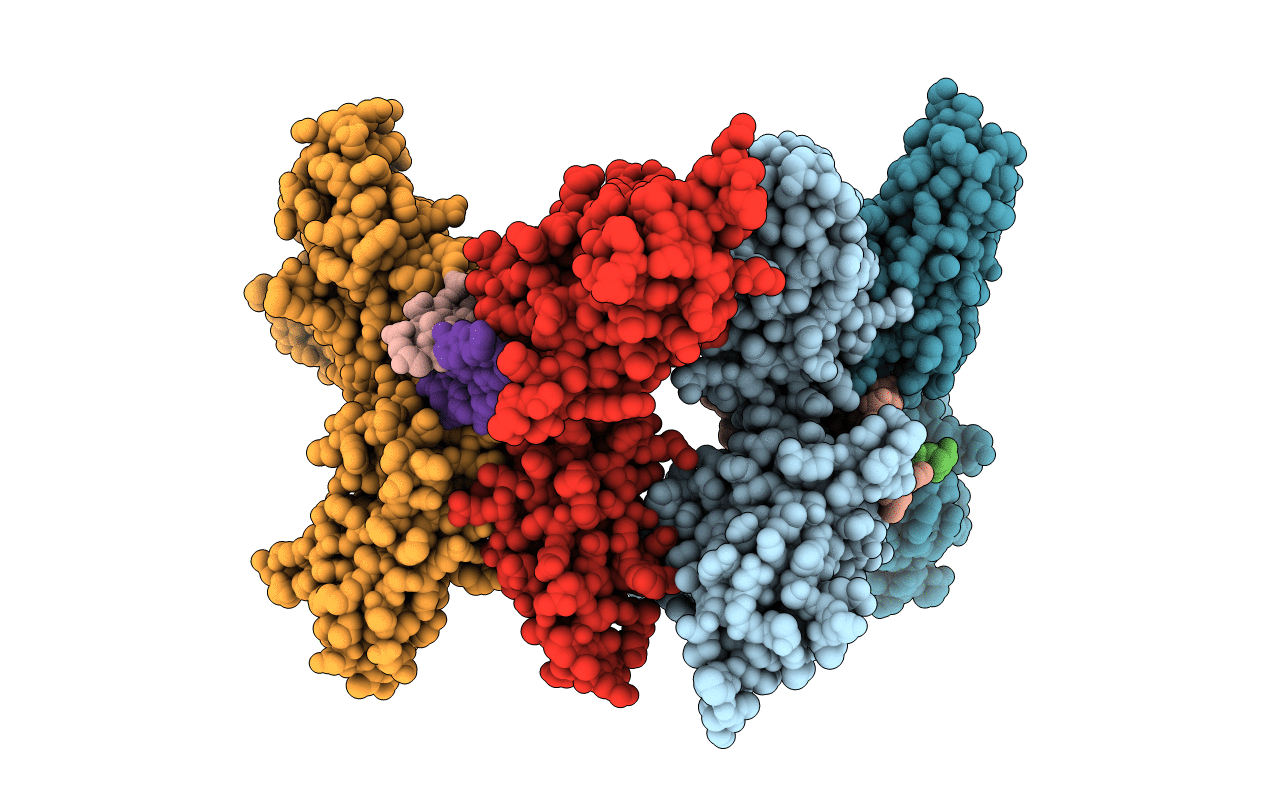
Deposition Date
2002-04-09
Release Date
2003-04-15
Last Version Date
2024-10-30
Entry Detail
PDB ID:
1LE5
Keywords:
Title:
Crystal structure of a NF-kB heterodimer bound to an IFNb-kB
Biological Source:
Source Organism:
Mus musculus (Taxon ID: 10090)
Host Organism:
Method Details:
Experimental Method:
Resolution:
2.75 Å
R-Value Free:
0.29
R-Value Work:
0.26
Space Group:
C 1 2 1


